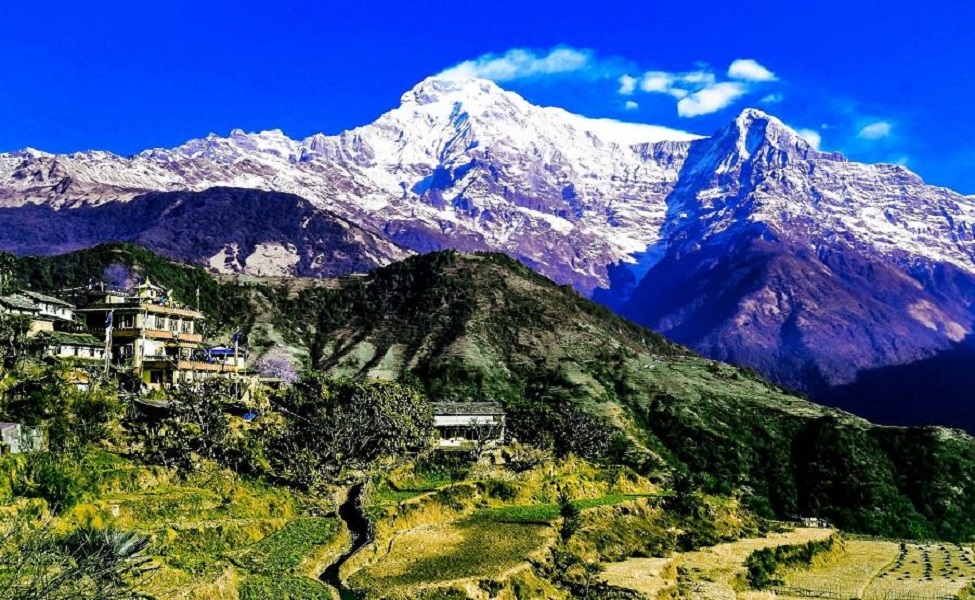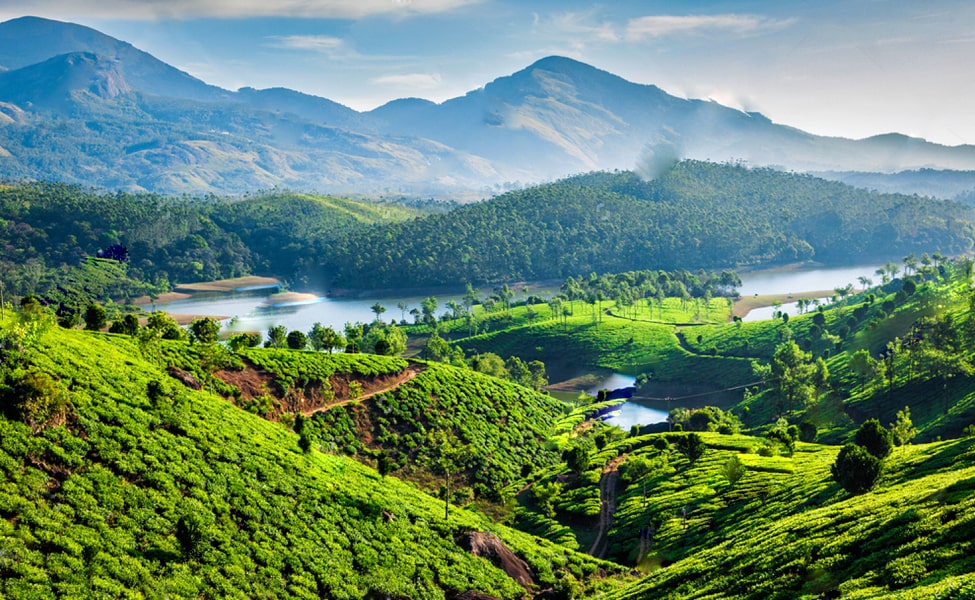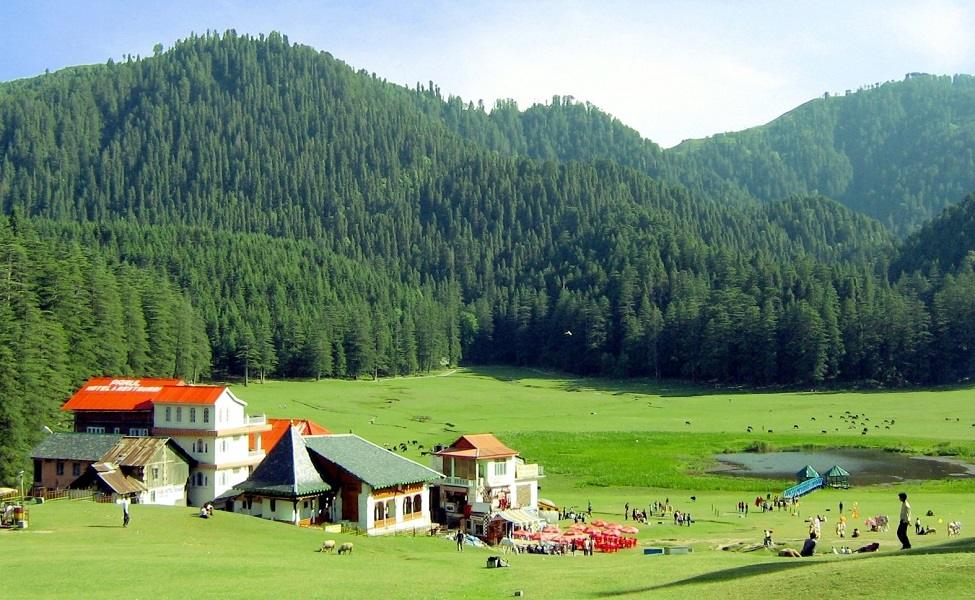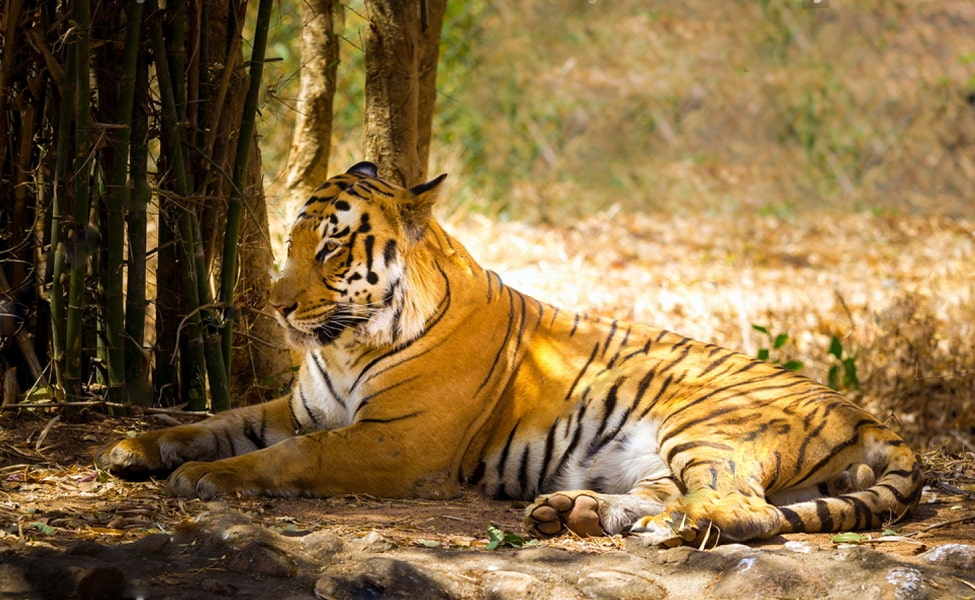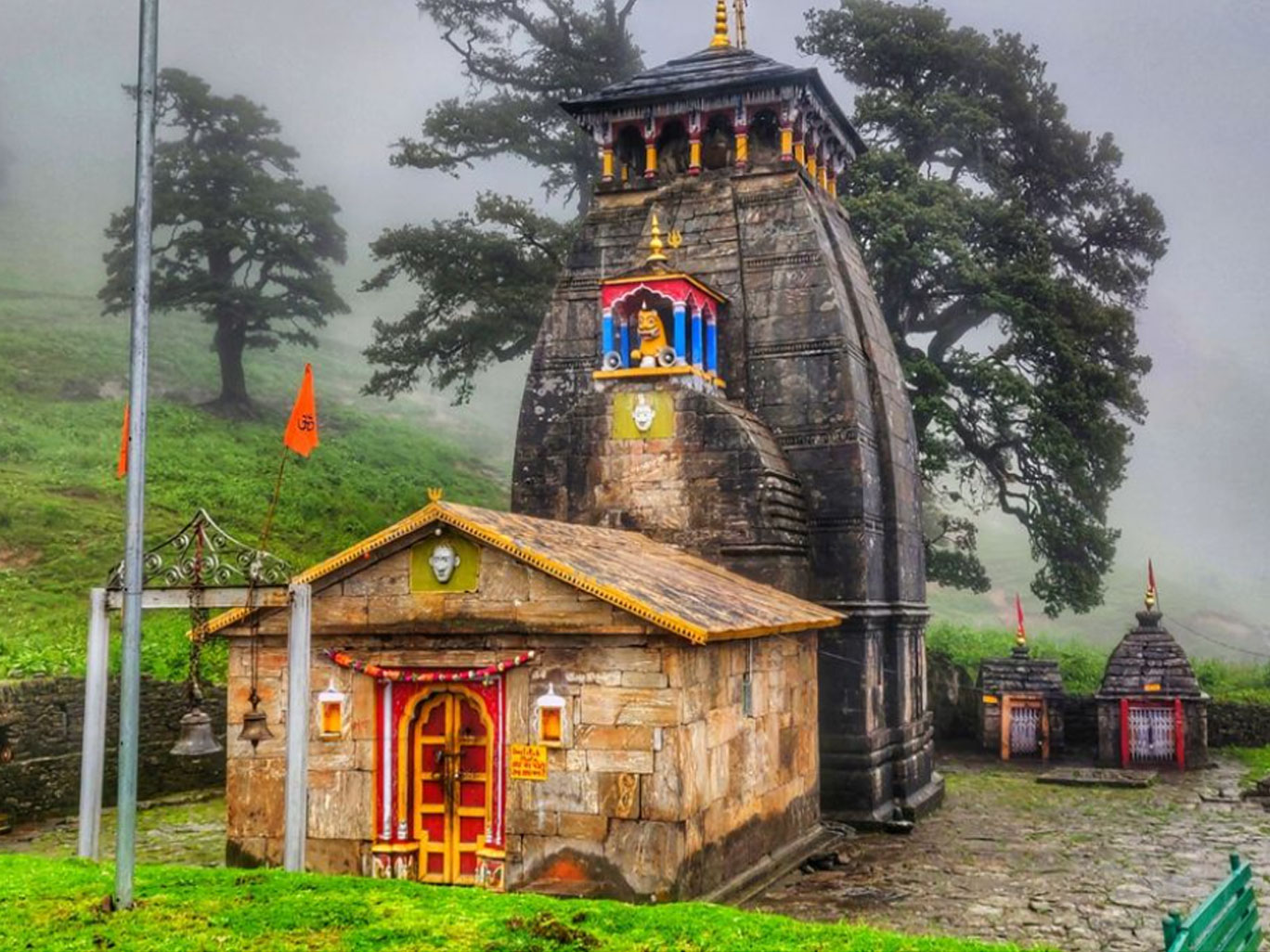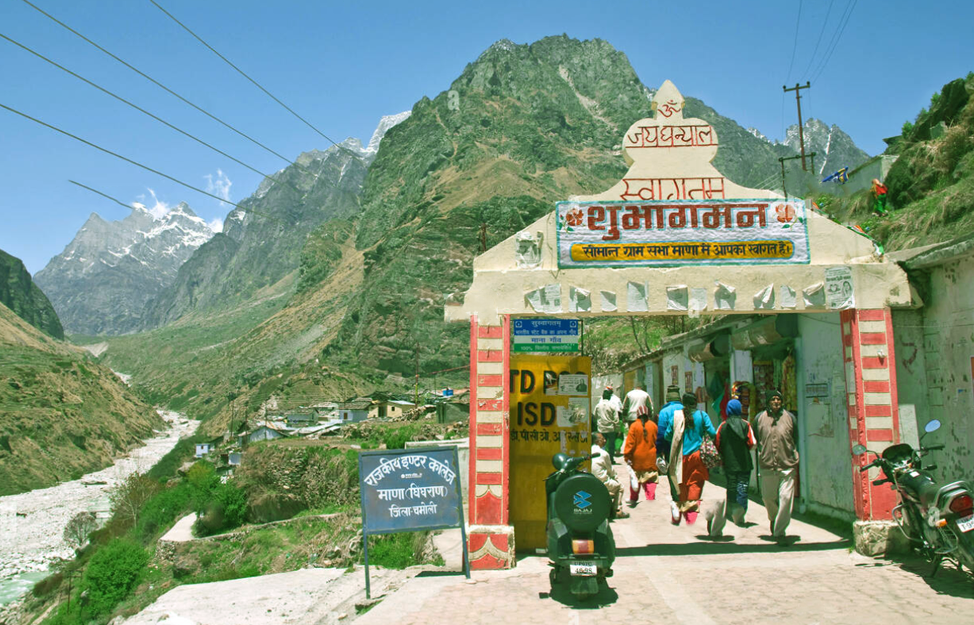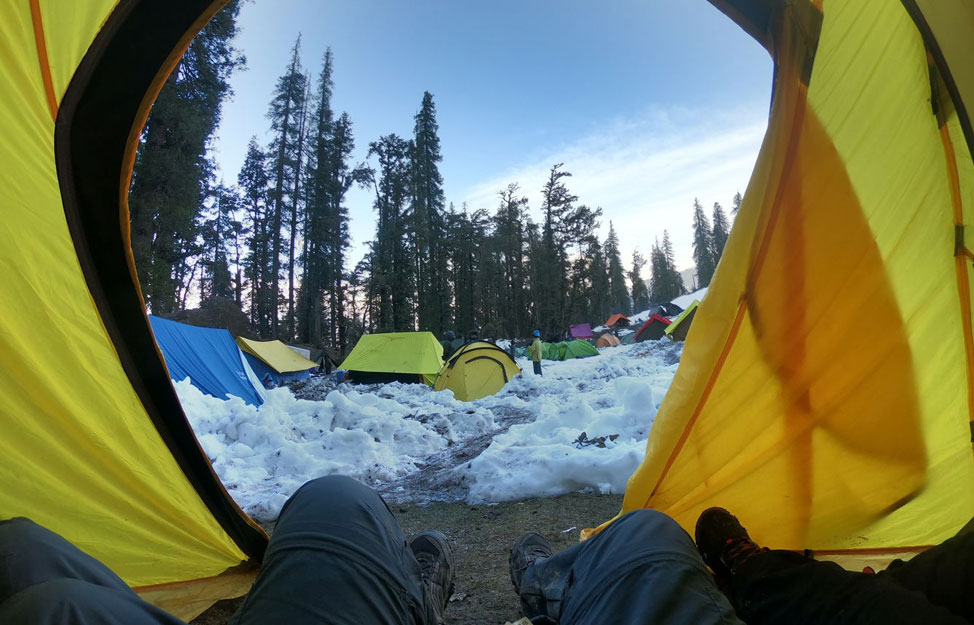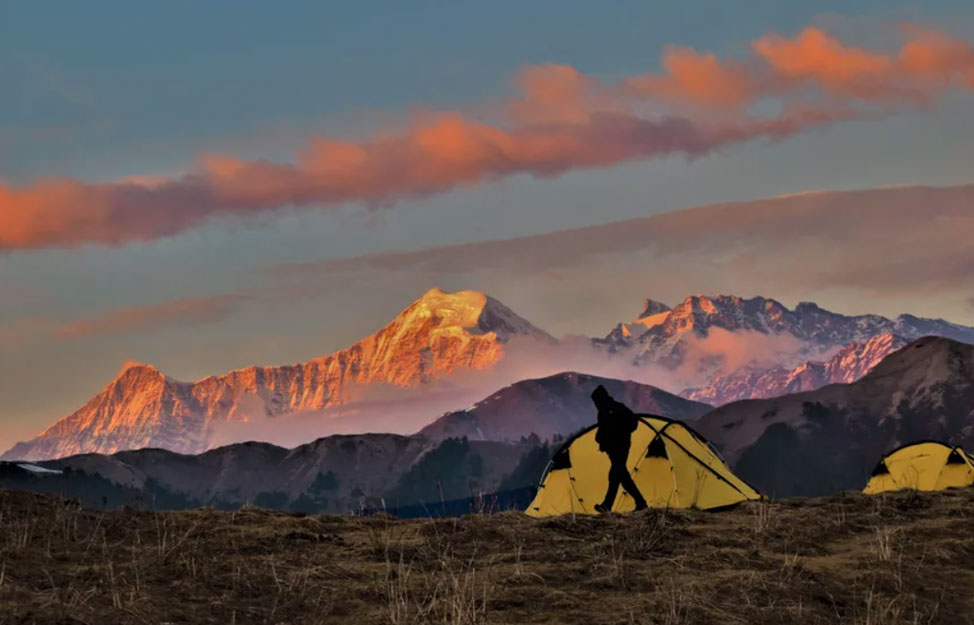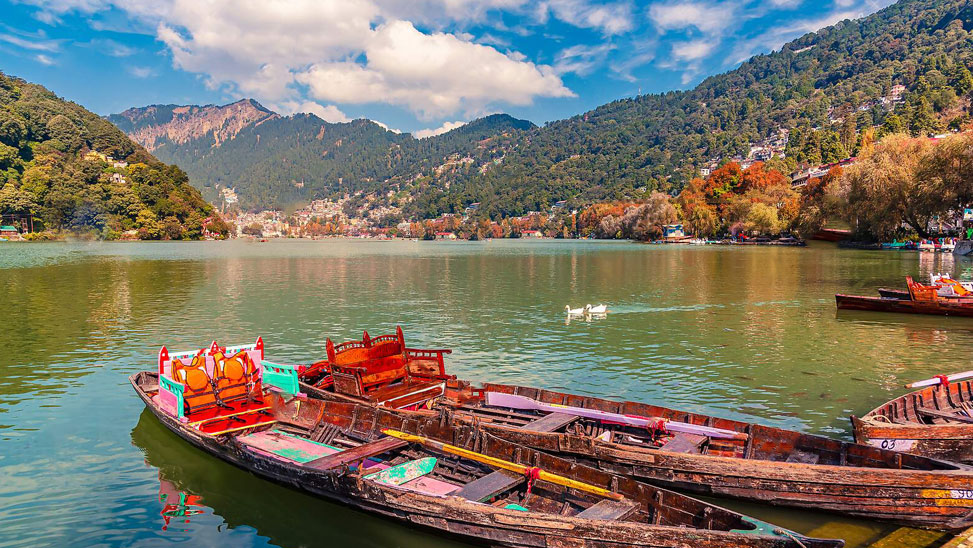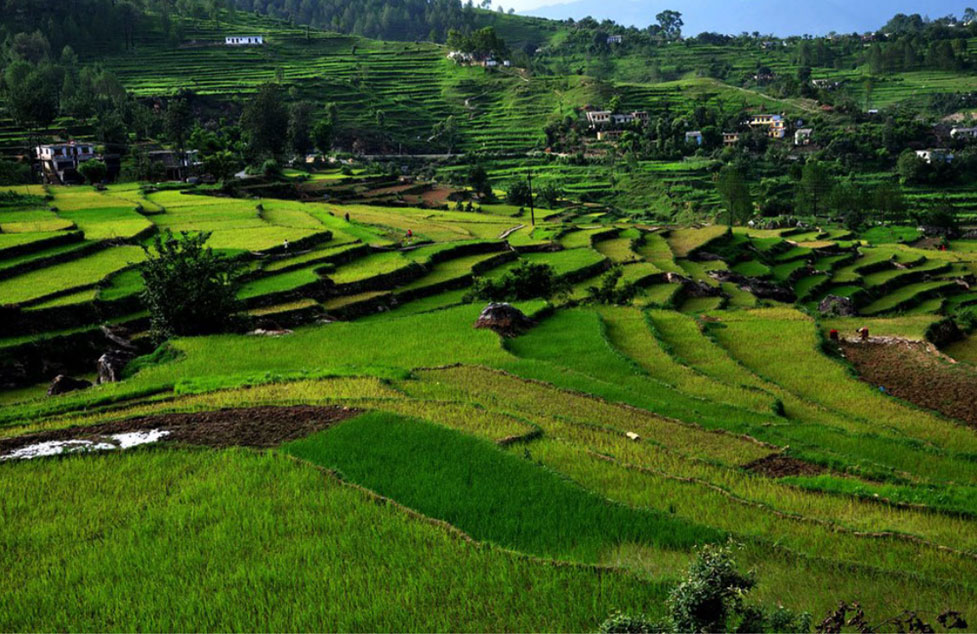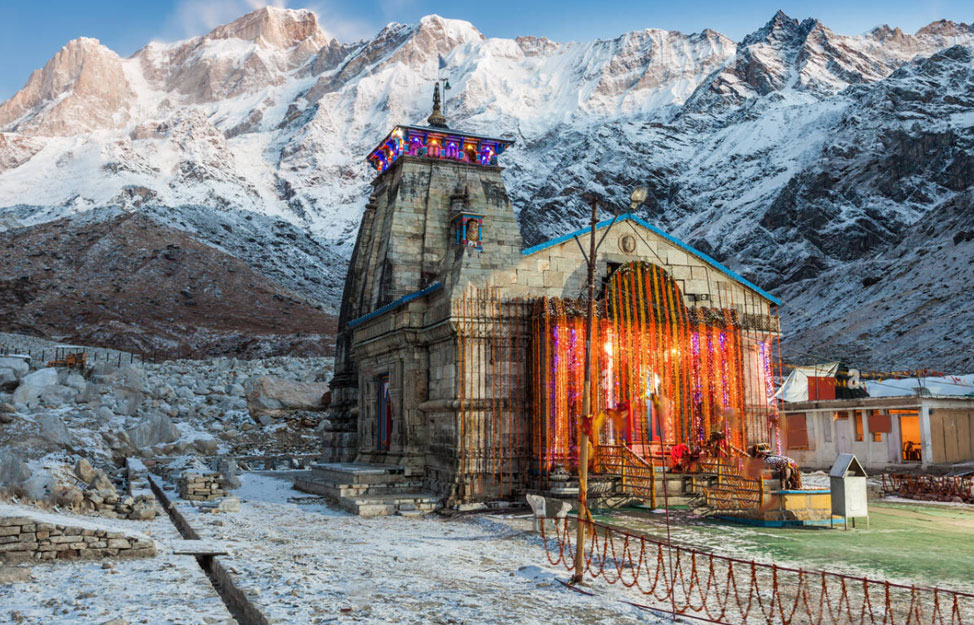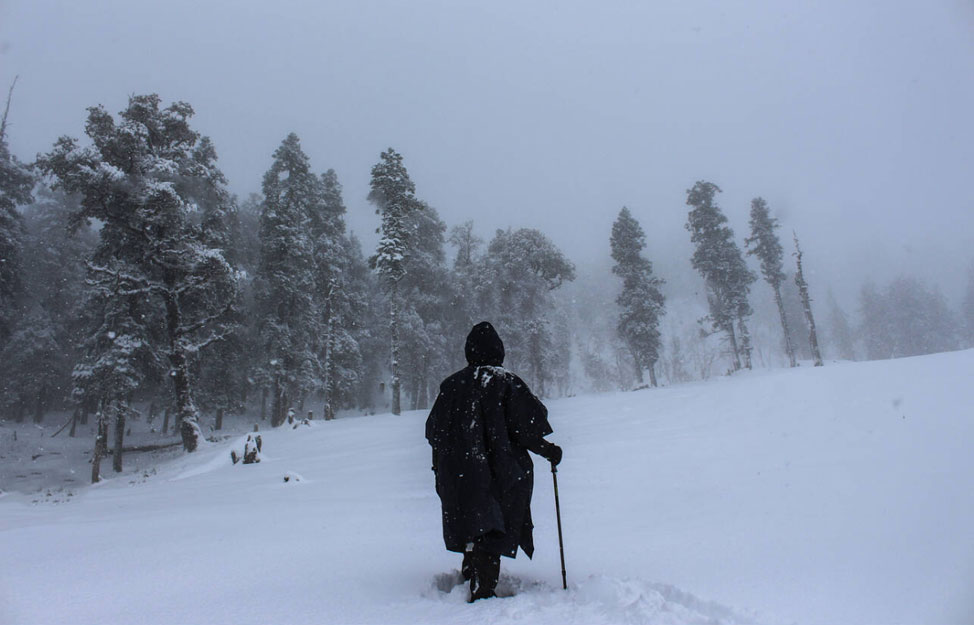Uttarakhand is unsightly one of the most visited destinations in North India for the wildlife and natural beauty of the Himalayas. Here are Verdant forests, diverse wildlife, sprawling meadows, valleys, and snow-laden mountains that welcome you to Uttarakhand with open arms. There is some wildlife sanctuary in Uttarakhand known for its incredible wildlife adventure. So, for those, who wish to enjoy some scheduled time amidst nature to explore some super thrilling wildlife, Uttarakhand wildlife sanctuaries make a perfect choice.
Have a look at this list before visiting the wildlife sanctuaries in Uttarakhand.
Binsar Wildlife Sanctuary
If anyone needs a break from the noisy city life, this is the ideal place for them. Situated at 8000 feet, Binsar Wildlife Sanctuary is a perfect getaway. Completely cut off from civilization is the first thing I felt and loved about it. It is ideal for trekkers, flora and fauna lovers, and photographers. It is a perfect place to discover a variety of species. The entire area is enveloped with dense Oak, Pine, and Fir forest. Animals that can be sighted here are – leopard, barking deer, langur, goral, Pheasants, Himalayan Monal, etc. Except this, if one is lucky enough, spotting a barking deer and some other birds are also a charm of this place.
Entry Fee: INR 150 Indian, INR 75 Indian Student(ID required), INR 650 Foreigner Vehicle Fee: Small – INR 250, Medium – INR 500, Heavy – INR 800.
Timings: Sunrise to Sunset
Explore Time: 3 – 4 Hours.
Location: Almora, Uttarakhand, India
Best Time to Visit: October – March.
How to reach: Flight, Train, Bus and Taxi.
Things to Do: Bird watching, Photography, Visit Binsar Temple, Sunset Point, Zero Point View Tower.
Benog Wildlife Sanctuary, Mussoorie
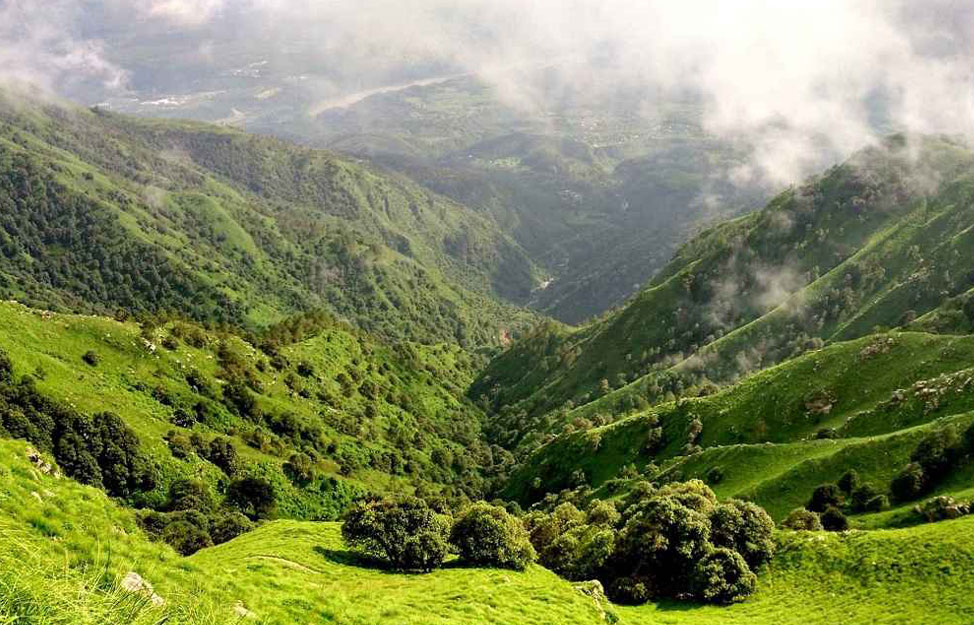
Benog Wildlife Sanctuary has situated around 11 km from library point Mussoorie, which is the part of the Rajaji National Park enveloped by a subdirectory of pines and cedar trees. The Sanctuary is blessed with colorful birds such as Red Billed Blue Magpie, White Capped Water Redstart, and the Mountain Quails. One can also witness the commonly known animals like – Leopard, Panther, Deer, Bear, and Himalayan Goat. Being perched at the splendid Mountain of Mussoorie, this wildlife sanctuary offers a magnificent view of nearby places and Sunset, Sunrise point.
Entry Fee: No Entry Fee.
Timings: 7 AM to 5 PM
Explore Time: 2 – 3 Hours.
Location: 11 km from Library point Mussoorie, Uttarakhand, India.
Best Time to Visit: October – November.
How to reach: Flight, Train, Bus and Taxi.
Things to Do: Wildlife exploration, and Photography.
Govind Wildlife Sanctuary
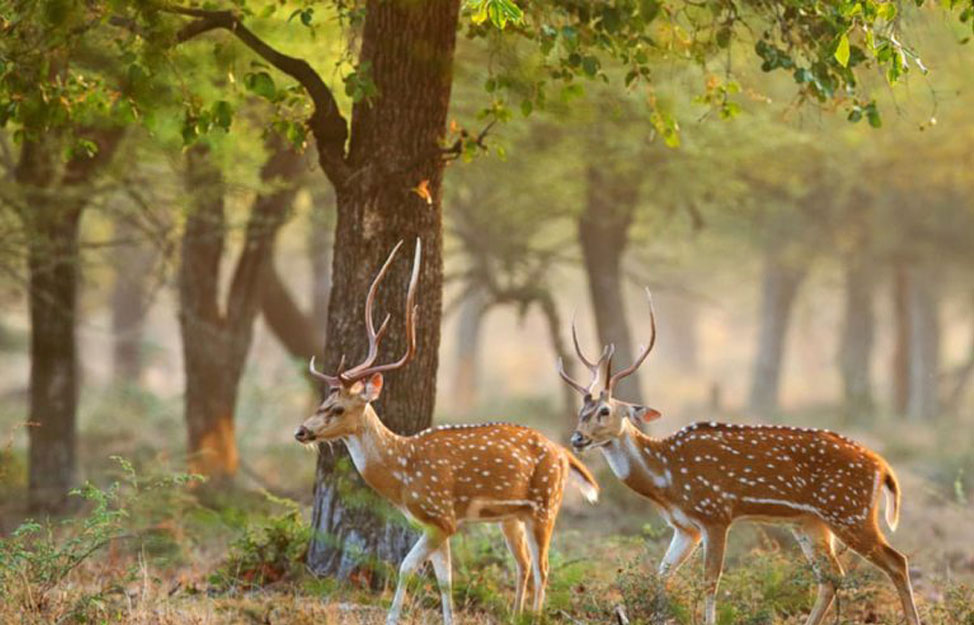
Govind Wildlife Sanctuary is also known as Govind Pashu Vihar National Park. The Wildlife Sanctuary is nestled in the Uttarkashi state of Uttarakhand, notified as a sanctuary in 1955. It spread over 985 sq including magical Mountains like – Swargarohini, Bandarpunch, and Black Peak. Trekkers also can explore the popular trek Har Ki Dun Trek.
Being situated amidst the mixed climatic zones like sub-tropical, temperate, and alpine, it’s rich in flora, including Himalayan cedar, Himalayan yew, rhododendron, beech, and spikenard. Except for this, 100 species of birds, 70 species of butterflies, and 20 species of mammals have also been recorded here.
Entry Fee: INR 150 for India, INR 600 for Foreigners.
Location: Uttarkashi, Uttarakhand, India.
Best Time to Visit: April – June, and September – November.
How to reach: Flight, Train, Bus and Taxi.
Things to Do: Bird watching, trekking, and Photography.
Askot Musk Deer Sanctuary

Askot Musk Deer Sanctuary is situated in Pithoragarh at an elevation of 16000 meters above sea level. This musk deer sanctuary was established in 1986 over 600 sq km, with a heavy range of flora and fauna. Askot Wildlife Sanctuary is home to endangered Musk Deer. People can also explore an array of other wild animals like – the Indian Leopard, Bengal Tiger, Himalayan Brown Bear, Himalayan Jungle Cat, Goral, and lemurs. One can witness the panoramic view of Panchachuli Peak. The sanctuary is well famous among nature lovers and wildlife explorers.
Entry Fee: No Entry Fee.
Timings: 8 AM to 5 PM
Explore Time: 3 Hours.
Location: Bhangra, Askote, Uttarakhand, India.
Best Time to Visit: April – September.
How to reach: Flight, Train, Bus and Taxi.
Things to Do: Trekking, Shopping, and Photography.
Sonanadi Wildlife Sanctuary
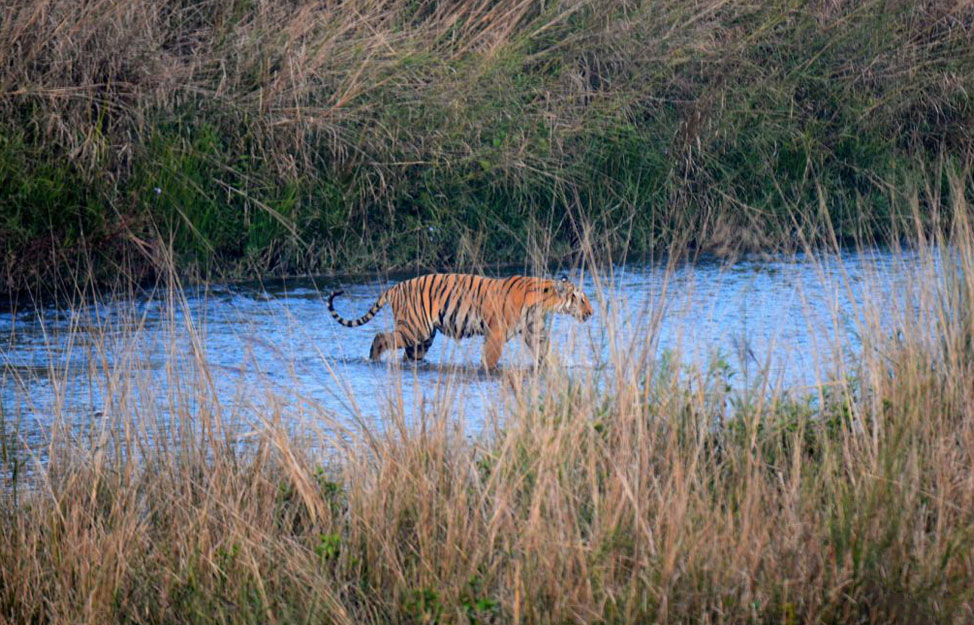
Sonanadi Wildlife Sanctuary is called after the Sonanadi River, spread over 301.18 square km. The Park is loaded with dense forests in the Terai Biotic province of Shiwaliks, such as – Sheesham, Bamboo, Aonla, Kanthber, Bali, Jamun, figs, Semal, and Sal, tucked amidst the Corbet and Rajaji National Park. This SanctuarySanctuary is the home of Tiger, Cheetal, Asiatic Elephant, Leopard, reptiles, wild bore, and Barking Deer. The 6% area of the Park is covered by 550 species of bird—the best spot for sighting wildlife.
Entry Fee: INR 200 Indian, INR 500 Foreigner.
Timings: Morning: 6:00 AM to 9:30 PM, Evening : 3:00 PM to 6:30 PM
Explore Time: 4 Hours.
Location: Ramnagar, Uttarakhand, India.
Best Time to Visit: November – April.
How to reach: Flight, Train, Bus and Taxi.
Things to Do: Bird Watching, Wildlife Safari, Visit Garjiya Temple, Corbett Museum, Corbett Fall, and Photography.
Nandhaur Wildlife Sanctuary
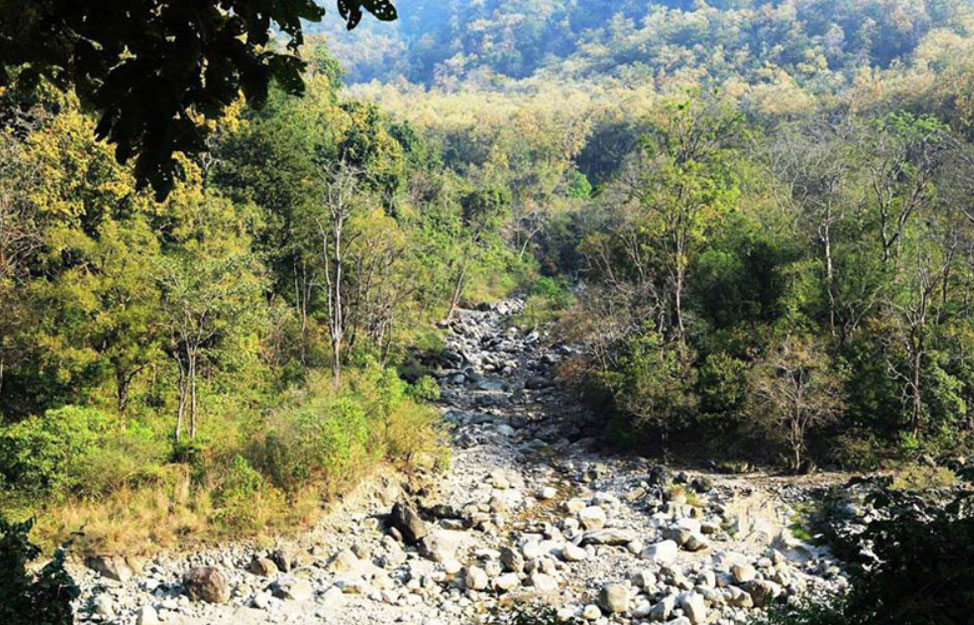
Nannandhaur Wildlife Sanctuary is located in Haldwani, Uttarakhand, between the Gola and Sharda rivers. The sanctuary was founded in 2012, covering an area of 269.96 km sq. This wildlife sanctuary is a joint between the Brahmadeo and Sukhalphata Wildlife Sanctuaries of Nepal and the Western Ramnagar and Terai Focal Timberland Division of India.
The National Tiger Conservation Authority has recently named Nandhaur Wildlife Sanctuary the third safest tiger reserve in the state. Earlier, it was Shivalik Elephant Sanctuary since 2002. With 215 tigers, Uttarakhand has the highest number of tigers globally. According to the party secretary of NTCA, Nandhaur Wildlife Sanctuary has an ideal environment for tiger conservation.
This mountainous Bhabar tract soon supported extensive populations of tigers and leopards due to substantial prey, including chital, goral and sambar, and barking deer. In addition to those species, the region also shelters threatened species such as the Asian elephant, Asiatic black bear, mainland serow, and sloth bear.
Entry Fee: No Entry Fee.
Timings: Anytime.
Recommended Stay: 1 Day.
Location: Nainital, Uttarakhand, India.
Best Time to Visit: October – Jun.
How to reach: Train, Bus and Taxi.
Things to Do: Bird Watching, Wildlife Exploration, and Photography.
Kedarnath Wildlife Sanctuary

Kedarnath Wildlife Sanctuary, also known as the Kedarnath musk – deer sanctuary, is spread over the Rudraprayag and Chamoli district of Uttarakhand. The wildlife spot is named after the Kedarnath Dham just outside its northern border. It consists of over an area of 376 sq mi. It is the largest protected area in Himalaya, famous for Himalayan Thar, Himalayan Griffor, alpine musk deer, Himalayan Black bear, snow leopard, and diversity of flora.
The sanctuary perches a geographically mixed landscape and transitional environment. IUCN has reported that 44.4% to 48.8% of the refuge is forested, 7.7% includes alpine fields and scrub, 42.1% is rocky or under permanent snow, and 1.5% represents formerly forested areas that have been spoiled.
Location: Chamoli, Garhwal, Uttarakhand.
Best Time to Visit: May – June, and September – May.
How to reach: Flight, Train, Bus and Taxi.
Things to Do: Trekking, Wildlife Exploration, Photography, Visit the oldest Hindu Temple and visit dramatic kaleidoscopic natural sites.
